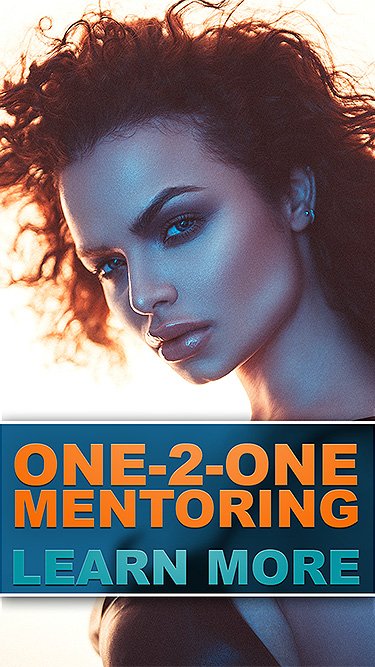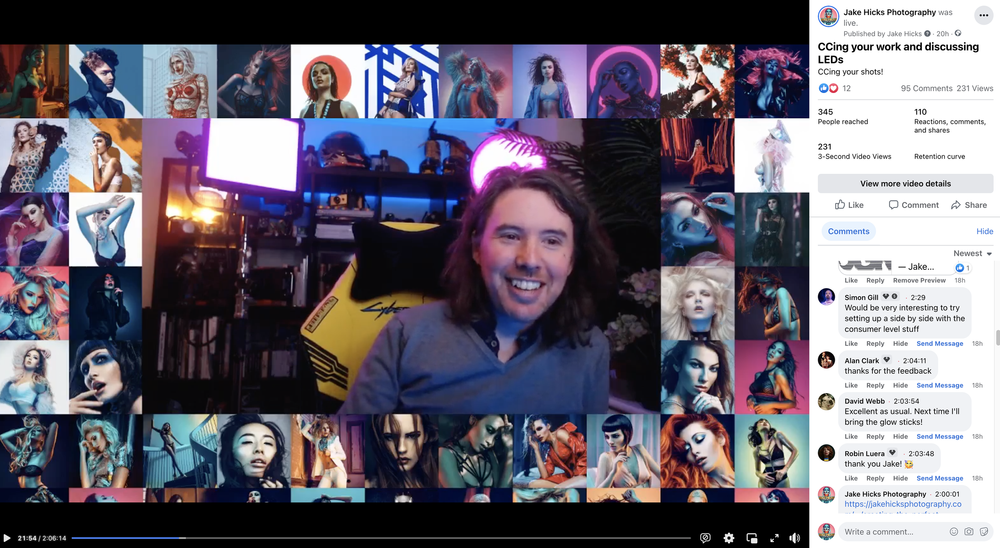As a thank you to my most dedicated members of my community, I’ve put together an exclusive Lightroom Preset pack to say thanks for all the chats and discussions we’ve had in some of my Live Streams this year.
Below you’ll find a pack of 10 exclusive Presets that have been designed and used for some of the shots I’ve had this year. As you might expect, they are heavily tailored towards coloured gels and studio strobe images. As a result, these are not your generic ‘one-click’ solution to many shots, but the Presets work best as a foundation for you to adjust and develop for your own needs.
Tips on using my Presets
As I alluded to above, many Presets are often a one-click solution, but consequently they may not be doing anything too dramatic to the final image. Much of my work involves very bold colours and to maintain as much data in the raw file as possible when shooting such saturated colours, I often underexposure my images. With this in mind, you may notice that some of these Presets are a little strong when you initially use them. My advice is to consider playing with the Kelvin (white balance) and exposure after you’ve applied them to get a better fit for your work.
Take Part in the Community Live Streams
With that being said, enjoy the free pack and have fun playing with them on your own shots. I look forward to seeing what you produce with them.
As always, if you’d like to share what you create with me and the rest of my colour-nerd community, feel free to take part in my weekly -Share-a-Shoot- each Monday on my Facebook Page. Every fortnight I also go live and stream via my FB Page to offer critique and feedback on community images too. I’d love to see you there.
JHP Xmas 2022 Lightroom Preset Pack
The Download Link will appear once you’ve clicked the Submit button below.
JHP Xmas 2022 Lightroom Preset Pack Before & Afters
JHP Livestreams…
If you give this setup a go, I’d love to see how the shots turn out, so feel free to share them my way. One way to do that is via my Livestream. I Livestream every other Tuesday night via my FB Page and there I answer your questions, critique your shots, take community images into Photoshop to work on them and discuss all manner of lighting tips and techniques. I look forward to seeing you and your work there real soon. JHP Facebook Page





































